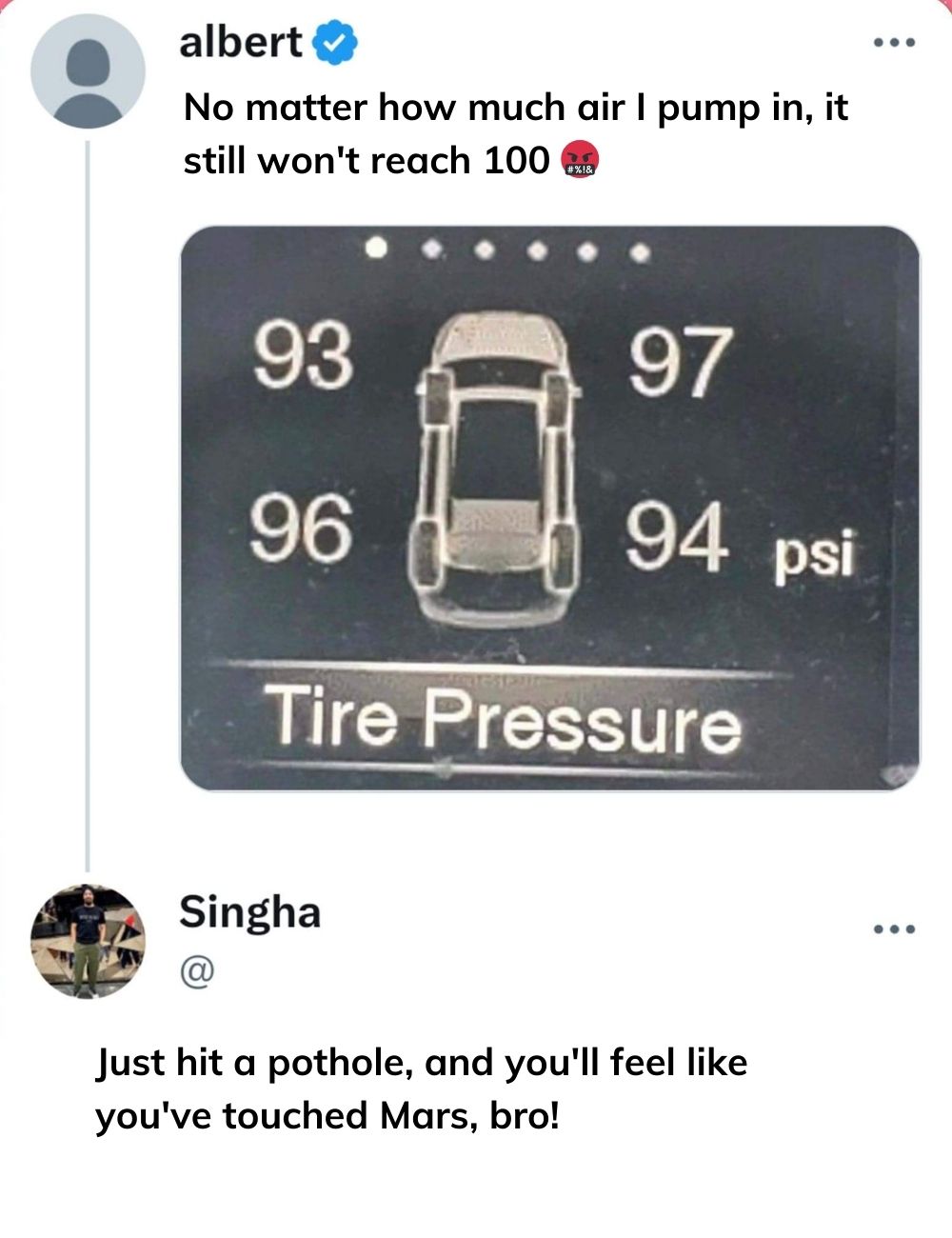Maintaining the correct tire pressure isn’t just a routine car maintenance task—it’s a fundamental step in ensuring safety, improving fuel efficiency, and extending the lifespan of your tires. Yet, many drivers overlook this simple yet essential detail. So, how much tire pressure is considered “just right”? Understanding the optimal tire pressure, how to maintain it, and the risks of neglecting it can save you money, improve your vehicle’s performance, and, most importantly, keep you safe on the road. Let’s break it down step by step.

First and foremost, always refer to your vehicle manufacturer’s recommendation when it comes to tire pressure. Tire pressure isn’t something you should guess at or rely solely on the numbers printed on the tire sidewall. Those numbers represent the maximum pressure the tire can handle, not the optimal level for everyday use. Instead, check your vehicle’s owner’s manual or look for a sticker located on the driver’s side door frame. The recommended tire pressure is typically measured in PSI (pounds per square inch) and, for most passenger vehicles, falls within the range of 30 to 35 PSI. Larger vehicles, such as trucks or SUVs, often require higher pressure levels to accommodate their weight and load capacity.
Driving with incorrect tire pressure can lead to significant problems. Overinflation occurs when there’s too much air in the tires, which can reduce tire traction, cause uneven wear (especially in the center of the tire), make your ride noticeably less comfortable, and increase the risk of a dangerous blowout. On the flip side, underinflation is just as hazardous. Underinflated tires tend to wear unevenly along their edges, reduce fuel efficiency, and are more prone to overheating, which significantly raises the chance of tire failure. Both scenarios not only compromise your safety but also cost you money in premature tire replacements and higher fuel expenses.
Another critical factor to consider is how external conditions, like weather and temperature, affect tire pressure. During cold weather, the air inside your tires contracts, causing the pressure to drop. This means that your tires might be underinflated even if they were at the correct PSI a few weeks ago. Conversely, during hot weather or long drives, air expands with rising temperatures, leading to an increase in tire pressure. This is why it’s important to check your tire pressure more frequently during seasonal transitions or after experiencing extreme temperature changes. Staying aware of these natural fluctuations will help you make the necessary adjustments before any real issues arise.
So, how do you measure and adjust your tire pressure properly? It’s simpler than you might think. All you need is a reliable tire pressure gauge, which comes in both digital and analog versions and is widely available at auto stores. For the most accurate reading, always check your tire pressure when the tires are cold—preferably in the morning or after the car has been sitting for a few hours. Driving even a few miles can heat up the tires, causing the pressure to rise temporarily and give you a misleading reading.
If the pressure is too low, you can use an air compressor to add air until you reach the recommended PSI level. Many gas stations offer air compressors for public use, but portable ones are also available for home use. If the pressure is too high, gently release air using the gauge or a valve stem tool. This quick routine check should ideally be done once a month and before any long road trip.
Don’t forget about your spare tire! It’s easy to overlook, but a spare tire is useless in an emergency if it’s underinflated. Make sure to check its pressure regularly, as spare tires often require a higher PSI than your regular tires. The manufacturer’s recommendation for spare tire pressure can usually be found in your owner’s manual or on the tire itself.
To keep everything running smoothly, make tire pressure checks a consistent habit. Monthly inspections are generally sufficient, but always check before embarking on long drives or carrying heavy loads. Having a tire pressure gauge in your glove compartment or trunk ensures you’re always prepared.
Tire pressure isn’t just about avoiding blowouts or saving money on fuel—it’s about creating a safer, smoother, and more efficient driving experience. Underinflated or overinflated tires can drastically affect how your vehicle handles corners, brakes, and accelerates. In extreme cases, poor tire maintenance can lead to accidents, which could have been avoided with a two-minute pressure check.
Additionally, maintaining proper tire pressure contributes to environmental sustainability by improving fuel efficiency and reducing carbon emissions. It’s not just good for your wallet—it’s good for the planet too.
In the end, maintaining optimal tire pressure boils down to a few simple habits: know your manufacturer’s recommendation, check your tires regularly, adjust for weather changes, and keep an eye on your spare tire. Small actions, like investing in a reliable pressure gauge and making monthly checks a habit, can go a long way in ensuring your safety and maximizing your vehicle’s efficiency.
So, the next time you’re filling up your gas tank or waiting at a rest stop, take a minute to check your tires. A little vigilance today can prevent a blown tire, costly repairs, or even a dangerous roadside emergency tomorrow. Proper tire pressure isn’t just a recommendation—it’s a responsibility every driver should take seriously.





